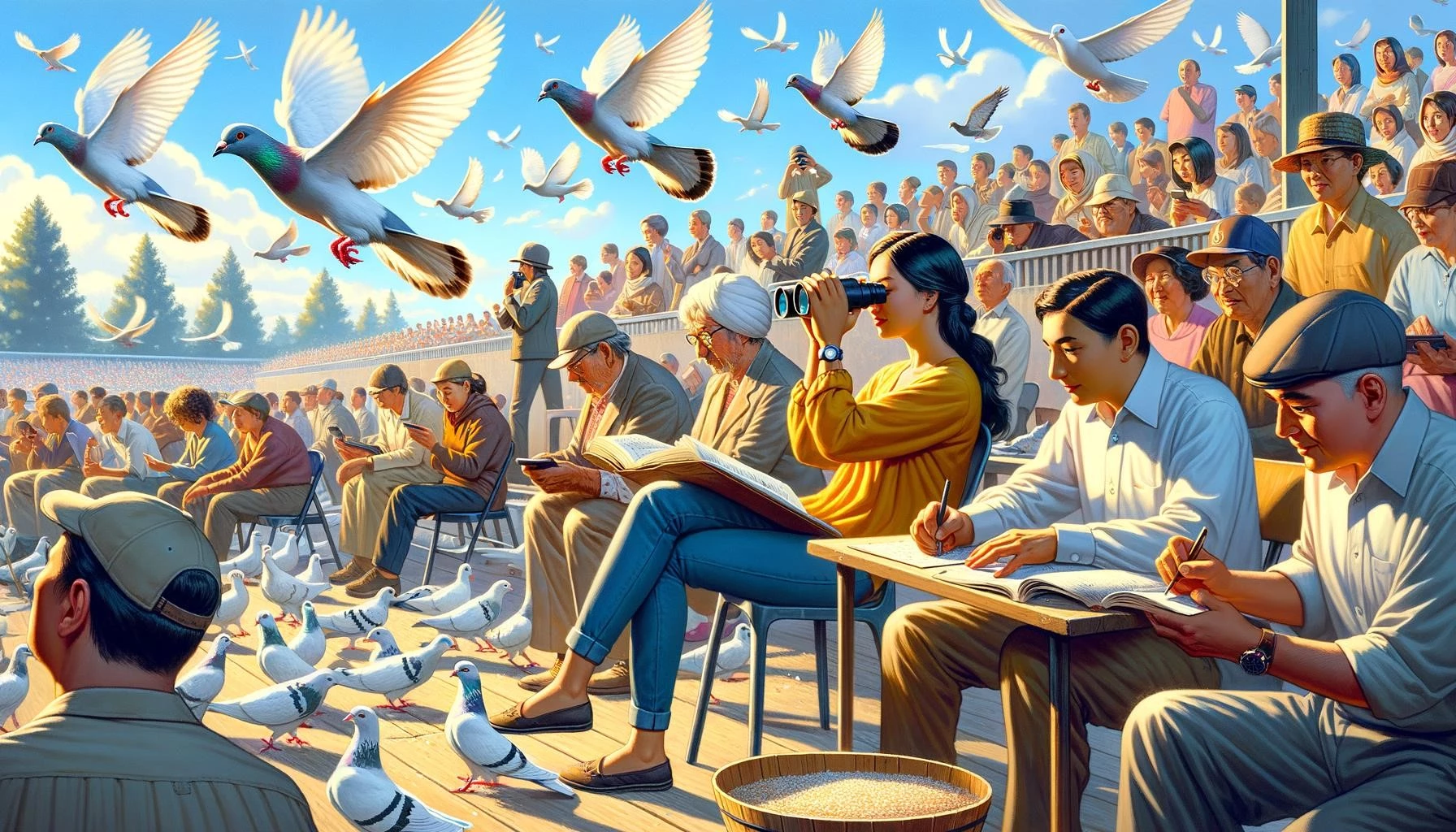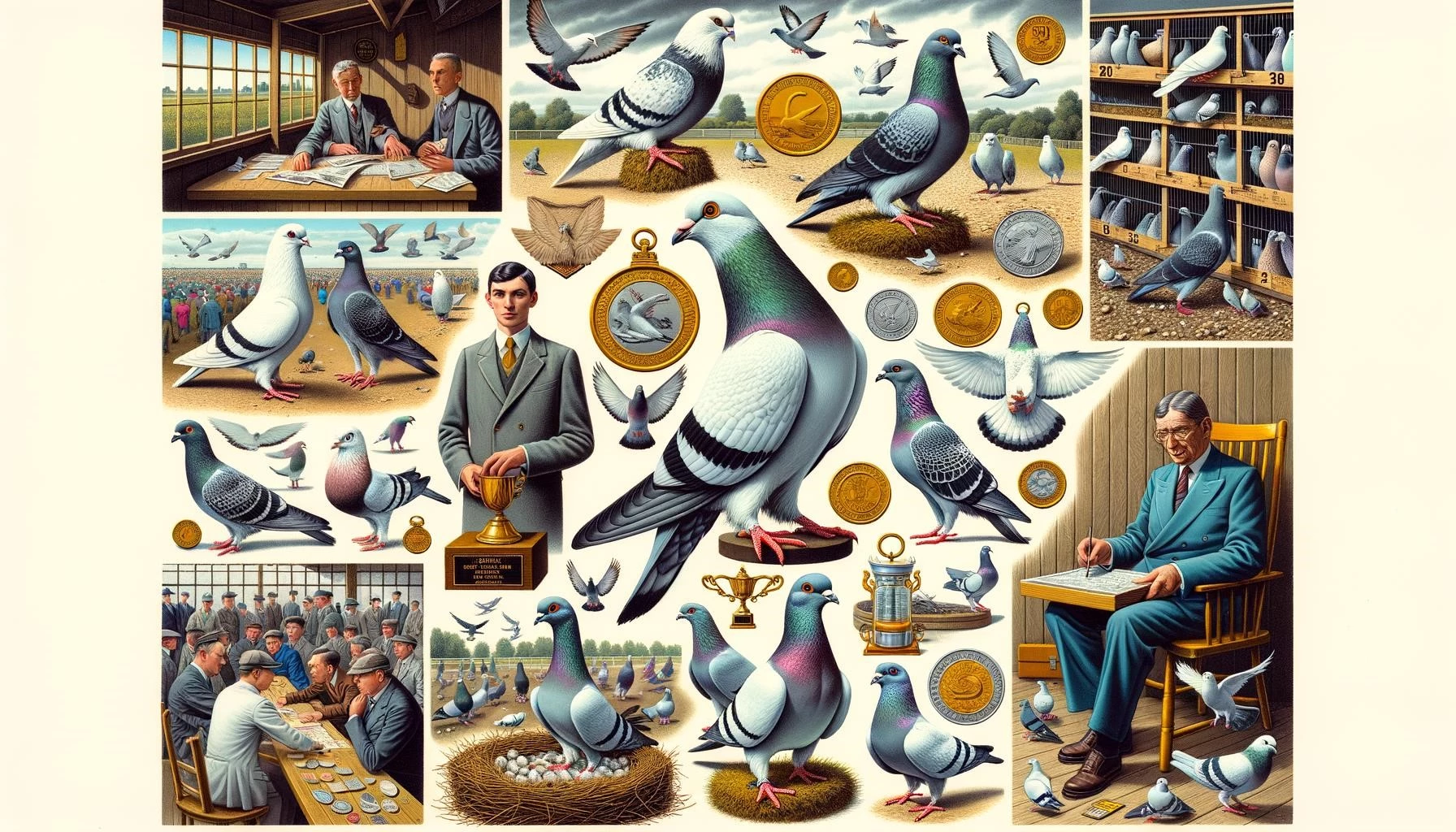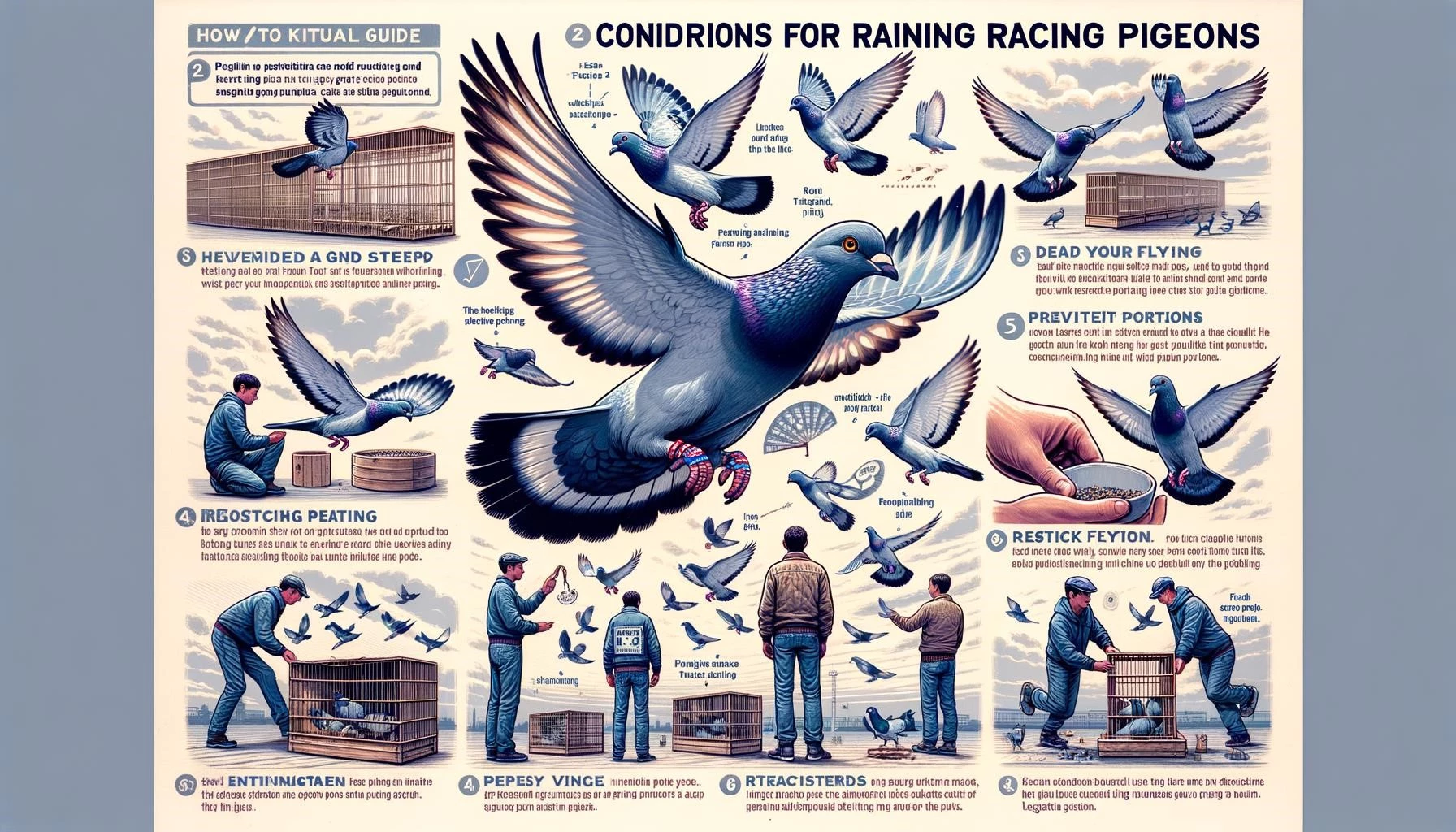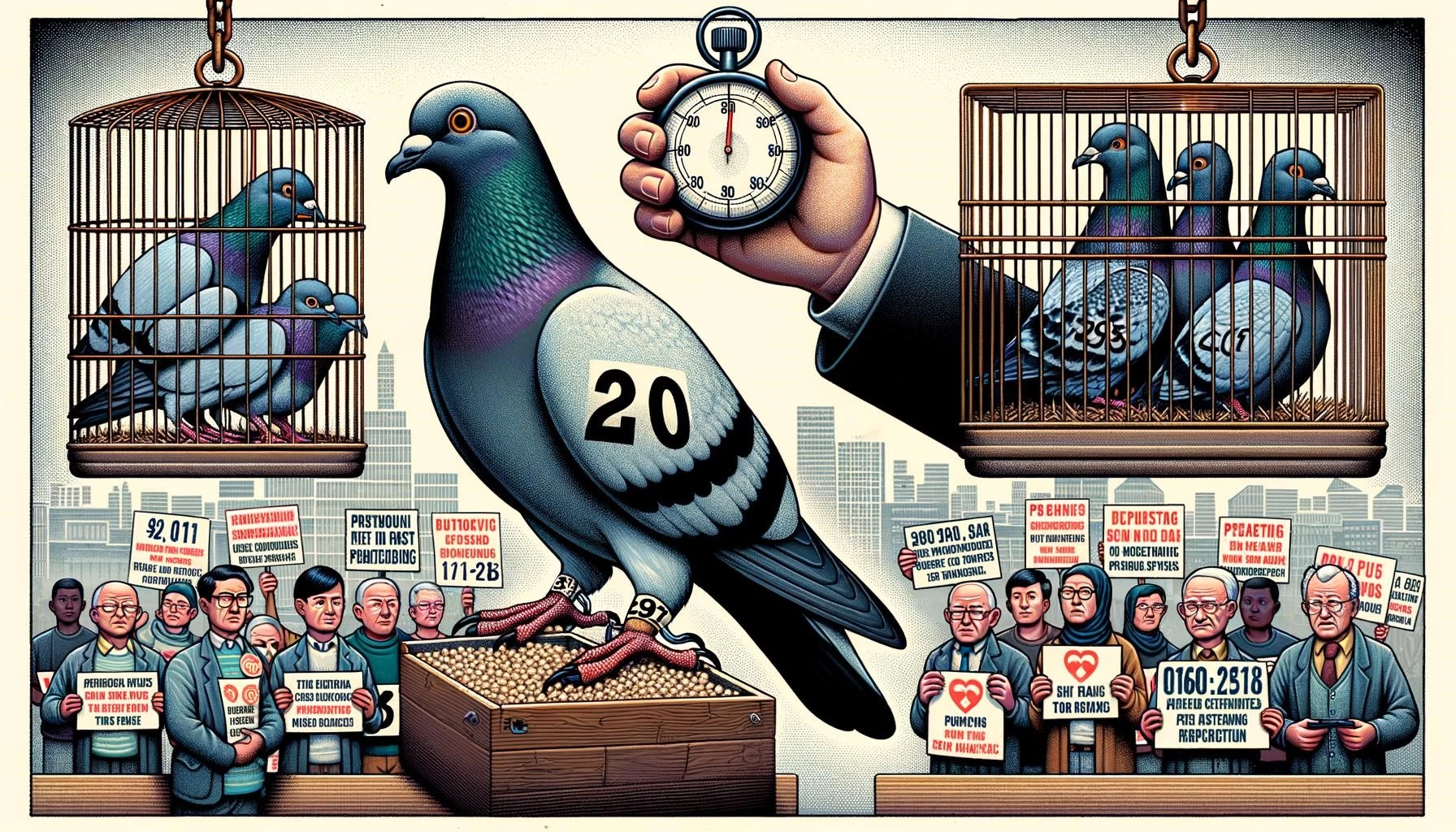Instituted in Belgium in the early 1800s, pigeon racing quickly gained popularity and spread to other parts of Europe and the world. This sport, which involves releasing specially trained homing pigeons and timing their return to their home loft, has a fascinating history. From its humble beginnings to its prominence in the late 19th century, the history of pigeon racing is a testament to the bond between humans and these incredible birds. In this article, we will explore the key milestones and noteworthy aspects of the history of pigeon racing.
Key Takeaways
- Pigeon racing began in Belgium in the early 19th century and quickly gained popularity across Europe and beyond.
- The first long-distance races of more than 100 miles were held in Belgium, France, and England in the early years of the sport.
- The sport gained prominence in the late 19th century in Great Britain, the United States, and France.
- Prize money in pigeon racing is collected from the fees paid by participants and from betting on the pigeons, which also fuels an illegal economy surrounding the sport.
Origins of Pigeon Racing in Belgium
Pigeon racing as a sport originated in Belgium in the early 19th century. The first recorded long-distance race of over 100 miles (160 km) took place in Belgium in 1818. This race marked the beginning of a new form of competition that captured the attention of both breeders and enthusiasts. In subsequent years, races were organized between cities such as Paris and Liège in 1820 and from London to Belgium in 1823.
Belgium quickly established itself as a hub for pigeon racing, and the sport gained widespread popularity in the country. The first timing apparatus, known as the pigeon clock, was created by Emery Van den Bossche from Oudenaarde, Belgium, around 1885. This clock allowed for precise timing of the pigeons’ flights and enabled fair competition.
Rise of Pigeon Racing in Great Britain, the United States, and France
Pigeon racing gained prominence in the late 19th century in Great Britain, the United States, and France. The sport attracted a growing number of enthusiasts and gradually developed a structured system of race organization and competition.
In Great Britain, pigeon racing became especially popular among working-class communities. The sport provided an opportunity for men who spent their working lives in challenging conditions, such as coal miners, to experience a world of freedom and excitement. Pigeon racing clubs started to form, and races were organized regularly, often with substantial prize money at stake.
In the United States, pigeon racing also became a popular pastime and evolved into a competitive sport. Racing pigeons were imported from Europe, and the sport spread throughout the country. Major races and events started attracting significant attention, and the sport gained recognition as a legitimate form of competition.
In France, the sport of pigeon racing also flourished during this period. Pigeon racing clubs were established, and races were organized across the country. The sport became popular not only among the working class but also among the upper classes, who appreciated the excitement and challenge it offered.
Illegal Economy and Prize Money
In pigeon racing, participants pay fees to register their pigeons and receive electronic bands that record flight times. By recording the time taken for their pigeons to return to the home loft, race organizers determine the winners. However, the most significant rewards in pigeon racing often come from betting on the birds.
Betting on pigeon races has been a long-standing practice, fueling an illegal economy surrounding the sport. Participants place bets on the performance of pigeons, adding an extra layer of excitement and financial incentive to the races. The attractiveness of these bets often surpasses the official prize money offered, creating a parallel economy within the world of pigeon racing.
While official prize money is collected from participant fees, the betting aspect of pigeon racing remains an illegal activity in many jurisdictions.
In Conclusion
The history of pigeon racing is a testament to the enduring bond between humans and pigeons. The sport originated in Belgium and quickly captivated enthusiasts across Europe and beyond. Over time, pigeon racing gained prominence in Great Britain, the United States, and France, becoming a popular pastime among people from various social backgrounds. The sport continues to thrive today, with enthusiasts all over the world participating in races and events.








